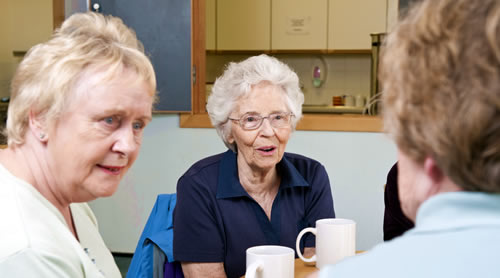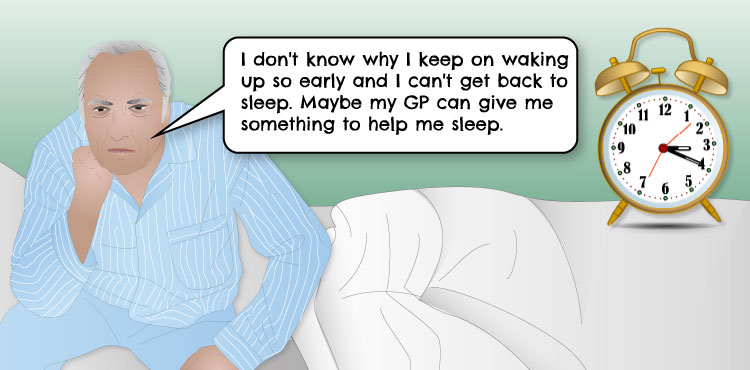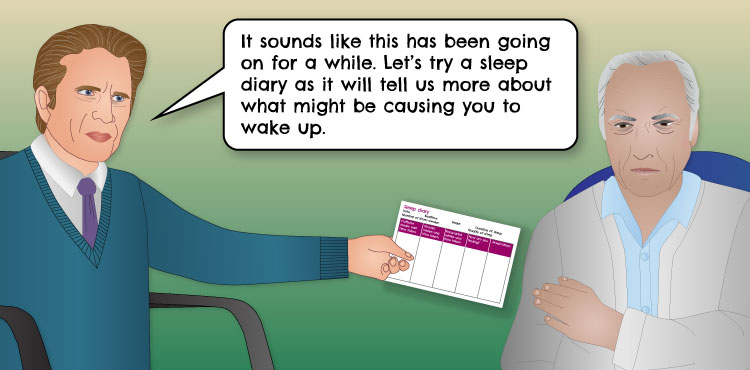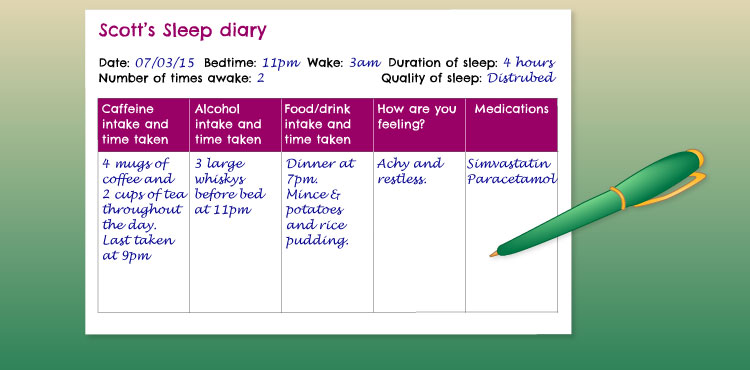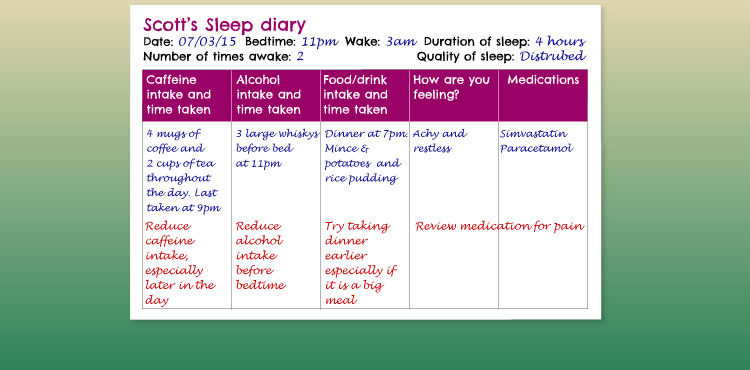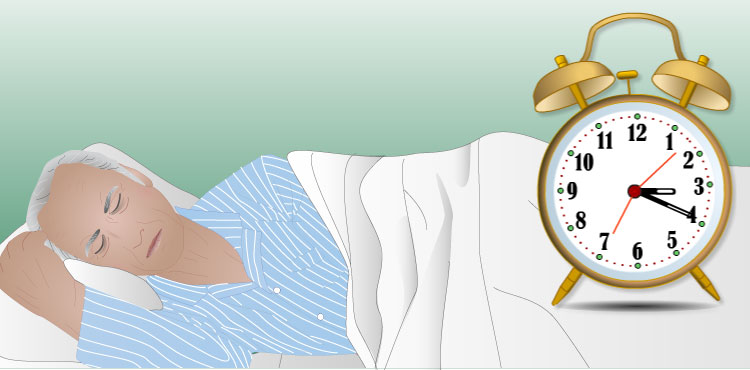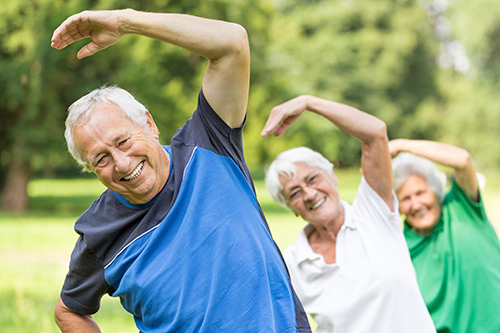
One you have decided on a physical activity you are comfortable with you may have a few questions about how much you should do. Select the questions below for some advice.
How do I find out more?
- Generally speaking, the more you can do the better! You may find that after your stroke, your fitness is lower than it had been before your stroke, so you may need to start slowly and then gradually increase your activity. It’s important to aim high though!
How can I Increase my physical activity?
- You can increase your physical activity by:
- Increasing the frequency of what you do e.g. rather than brisk walking just once a week, increase it to twice a week and so on.
- You can also increase the duration of your activity-so rather than spending 10 minutes doing exercise, increase the length of each session of exercise-aiming to do at least 30 minutes.
- You can also increase the intensity of what you do-so rather than walking slowly, start to walk briskly instead.
- As you increase what you do, you may find that you feel slightly puffed or tired, but as your body becomes fitter, you will find that you can do more without feeling tired or puffed out.
How much activity is considered ‘enough’?
- This is a good question. Generally the more you do the better. It would be reasonable to aim to do 30 minutes of exercise, ideally 5 times a week, and the exercise should make you feel a slightly puffed out. However, if you can’t manage this much, aim to build up gradually.
What sort of physical activity should I do?
- It is recommended doing a range of exercises that will improve balance and strength as well as aerobic fitness. For further advice, you may wish to discuss with a fitness instructor.
Key point
For more ideas about how to increase your activity, there is lots of useful information on the Scottish Government website



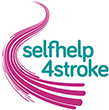
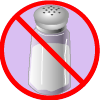
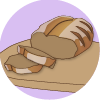


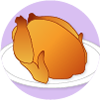

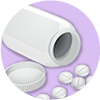
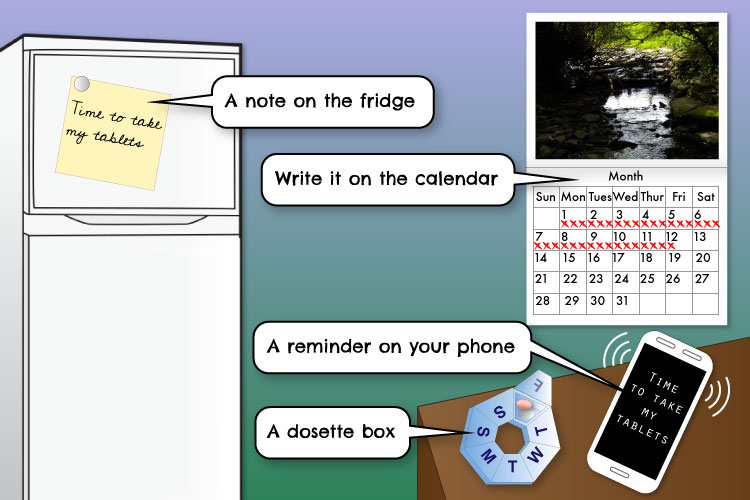
 Q. Lets now look at your relationships with the people in your world. Fill out a name below, select 6 words that best describe them and then select ‘Finish’.
Q. Lets now look at your relationships with the people in your world. Fill out a name below, select 6 words that best describe them and then select ‘Finish’.
